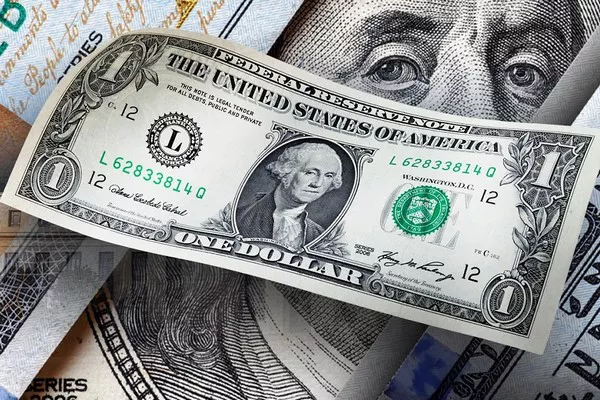The U.S. dollar showed signs of recovery on Tuesday, hovering near a one-week high against a basket of currencies. In contrast, the Australian dollar experienced a dip after the Reserve Bank of Australia (RBA) maintained interest rates at 4.35%, in line with expectations. The Aussie, down 0.63% at $0.6578, retreated from Monday’s four-month peak of $0.6690, influenced by the recent decline in the U.S. dollar.
City Index’s Senior Market Analyst, Matt Simpson, noted, “The Aussie has had a great run in recent weeks and was arguably overbought over the near-term.” He suggested that profit-taking and the closure of pre-emptive bets on a more hawkish RBA statement could be contributing to the decline.
The Australian dollar’s retreat also impacted the New Zealand dollar, which fell 0.25% to $0.6152. Meanwhile, the U.S. dollar maintained stability, keeping the euro near a three-week low at $1.0835. Sterling remained little changed at $1.2628, distancing itself from its recent three-month high. The dollar index stood near a more than one-week high, reaching 103.61.
Analysts attribute the U.S. dollar’s upward movement to a correction following its substantial selloff in November, where the dollar index experienced a 3% decline, marking its steepest monthly drop in a year. Sean Callow, a Senior Currency Strategist at Westpac, commented, “I think it’s maybe just a little bit of a reassessment as to the U.S. dollar having fallen too far, and too fast.”
Traders are closely monitoring U.S. economic indicators, including November’s non-manufacturing ISM figures and the nonfarm payrolls report, for insights into the future trajectory of interest rates. Despite expectations of a rate cut by the Federal Reserve in the first half of next year, analysts emphasize the importance of hard data in influencing the Fed’s decisions.
Against the yen, the dollar slipped 0.25% to 146.82, nearing a three-month low of 146.235 yen from the previous session. Core inflation in Tokyo slowed in November, supporting the Bank of Japan’s outlook that cost-push pressures will gradually ease.
China’s yuan remained steady against the dollar, standing at 7.1462 per dollar, buoyed by major state-owned banks selling dollars. In the cryptocurrency market, bitcoin traded at $41,806, close to the previous session’s peak of $42,404, its highest level since April 2022. Bitcoin’s surge, up approximately 153% this year, is driven by U.S. rate cut expectations and anticipation of regulatory approval for exchange-traded spot bitcoin funds (ETFs). Nexo co-founder Antoni Trenchev noted, “$40,000 has acted like a magnet since Bitcoin finally broke through $30,000 in late October,” anticipating further momentum with growing enthusiasm about a spot ETF approval.


